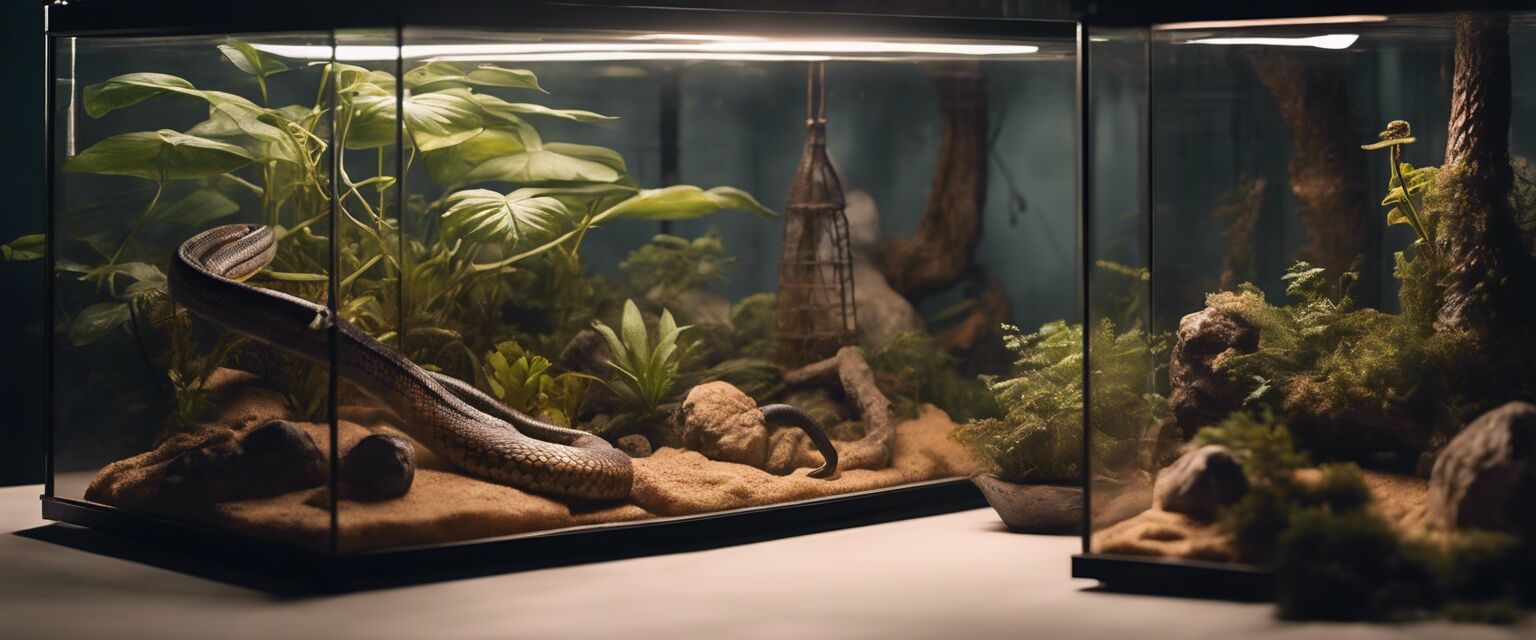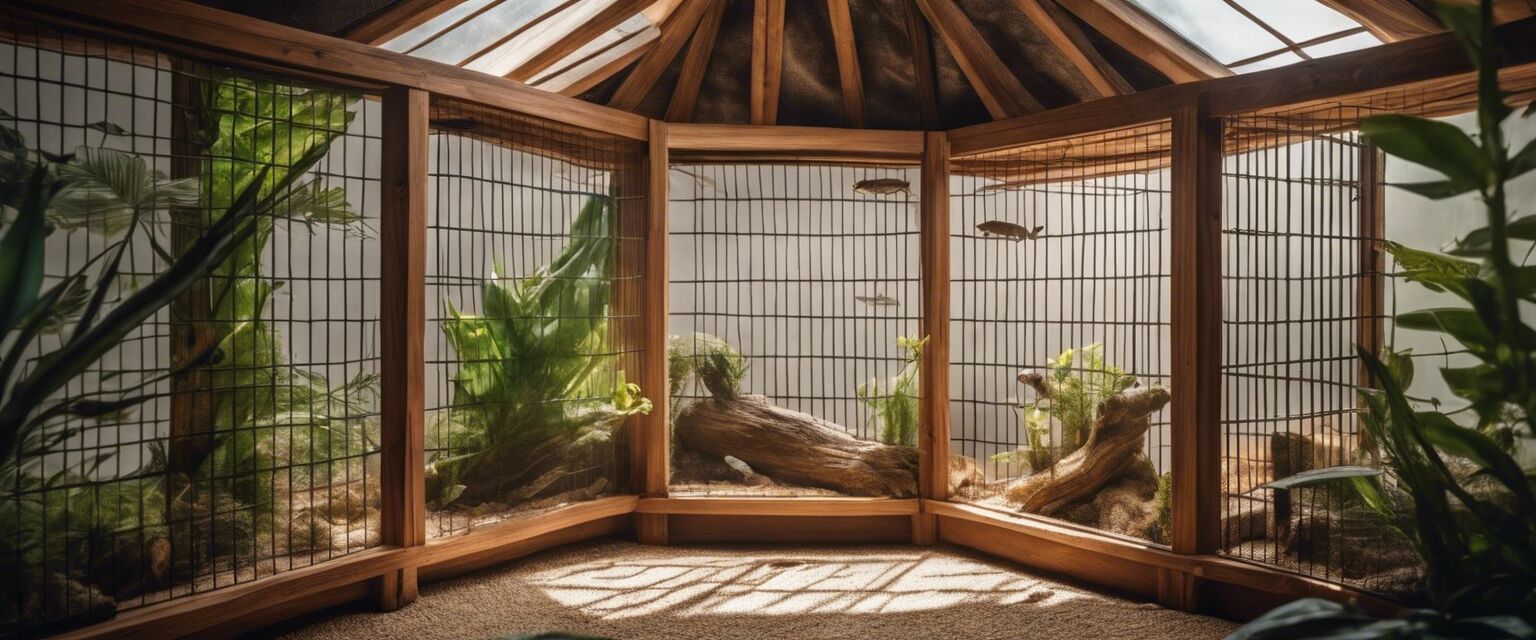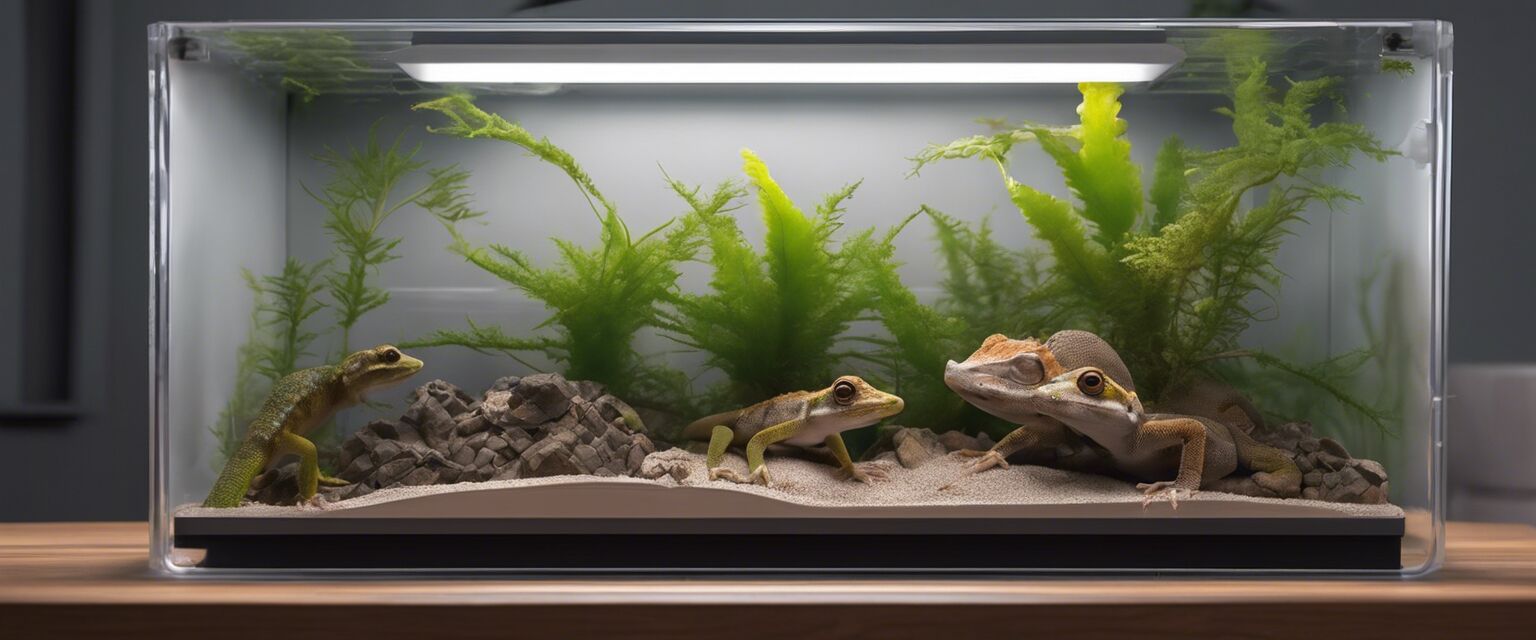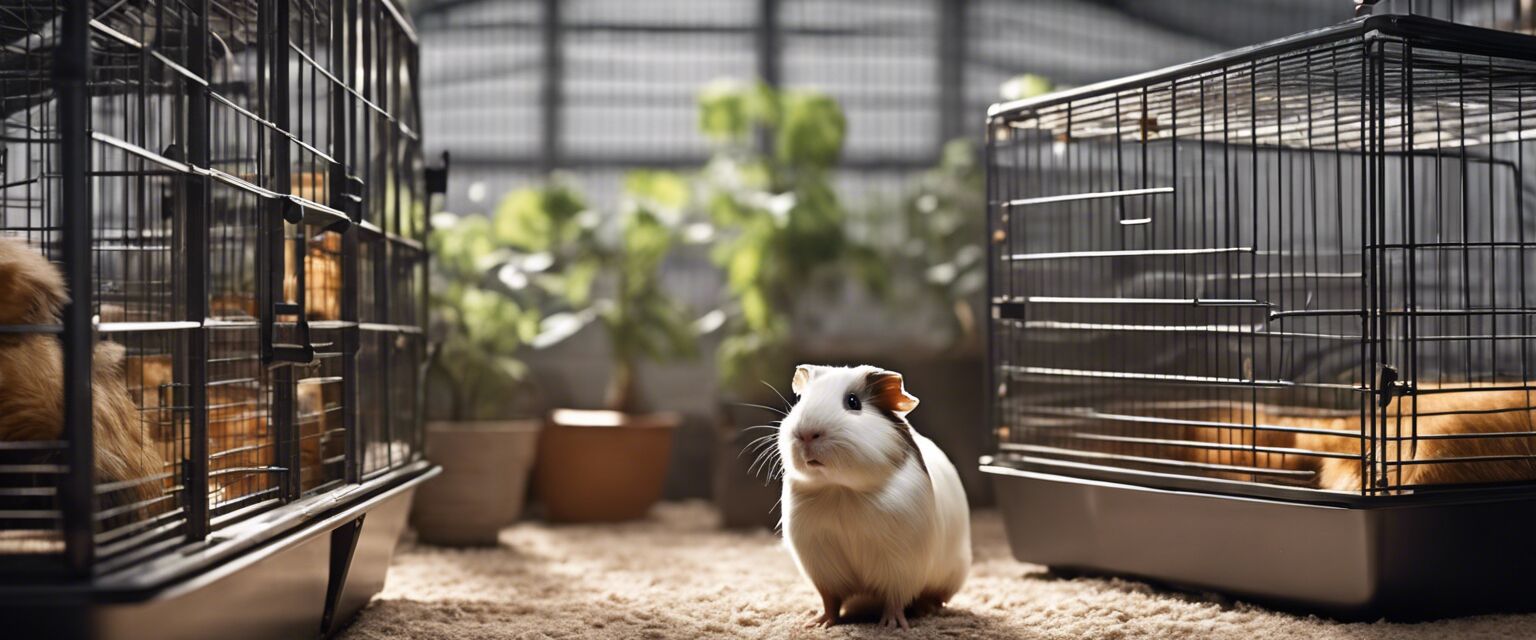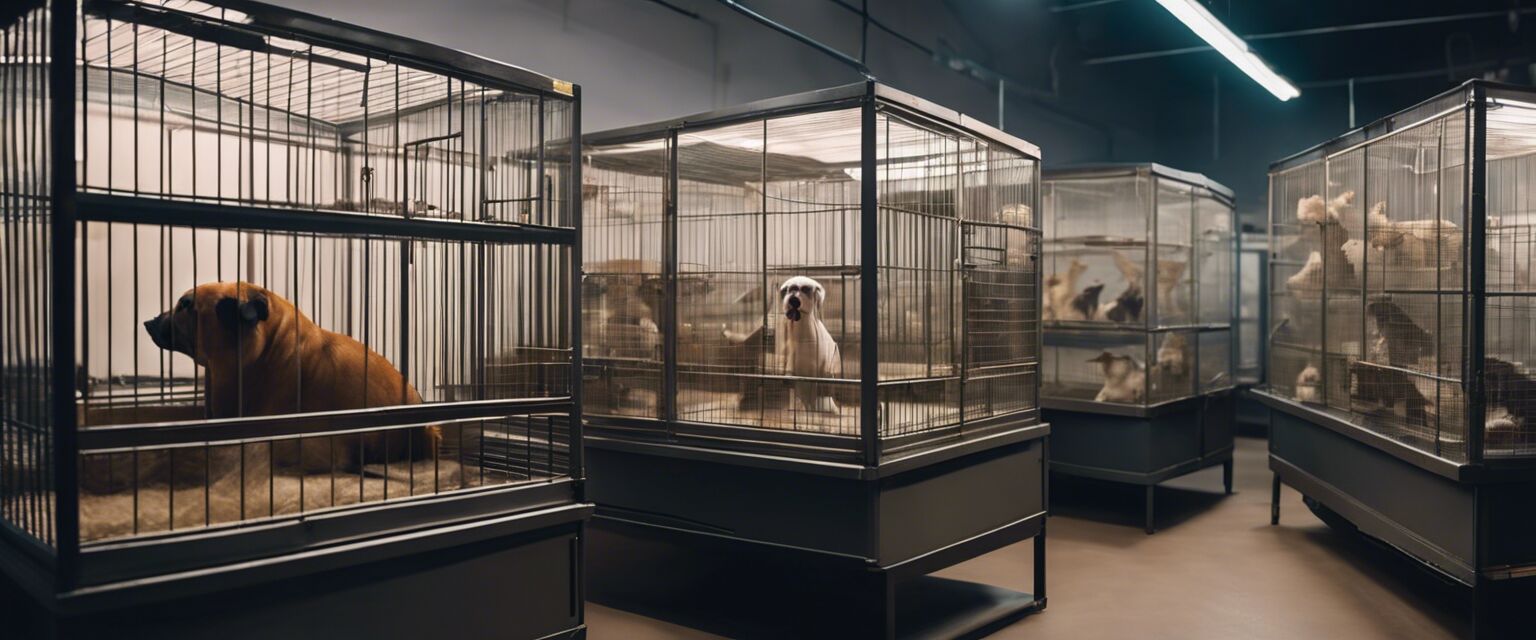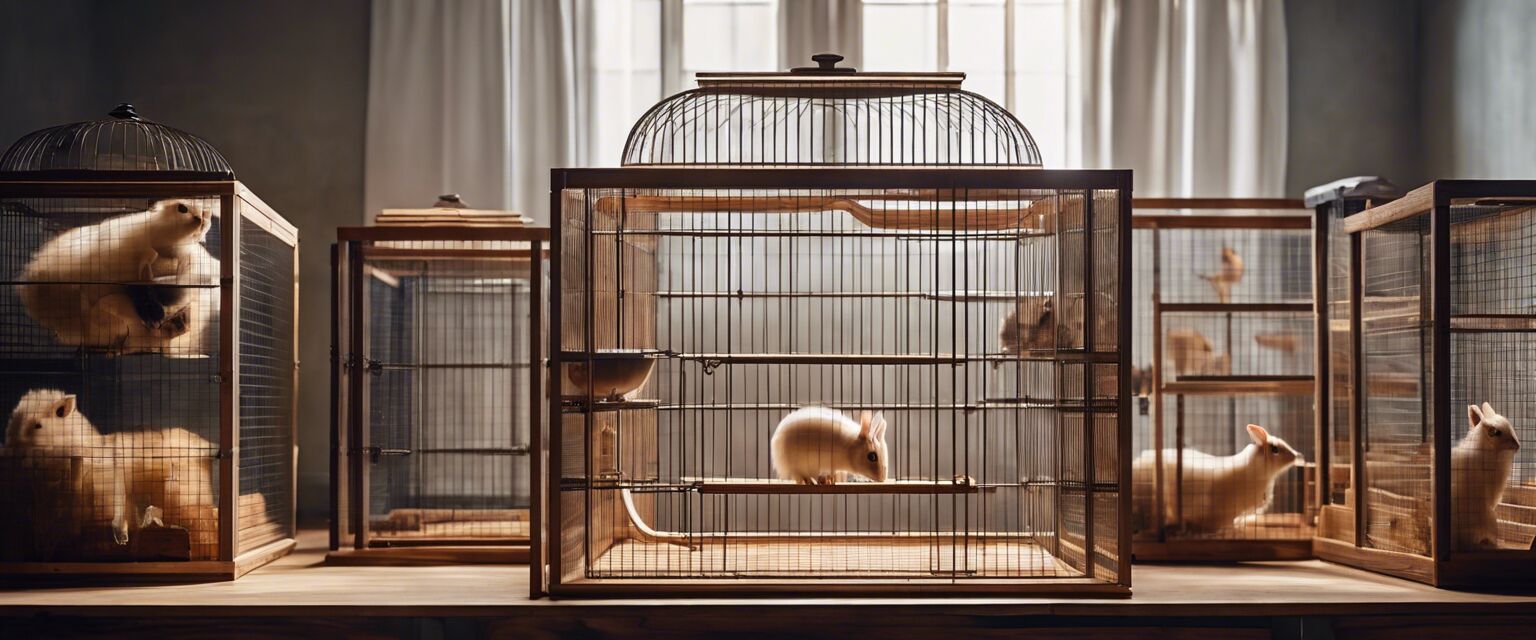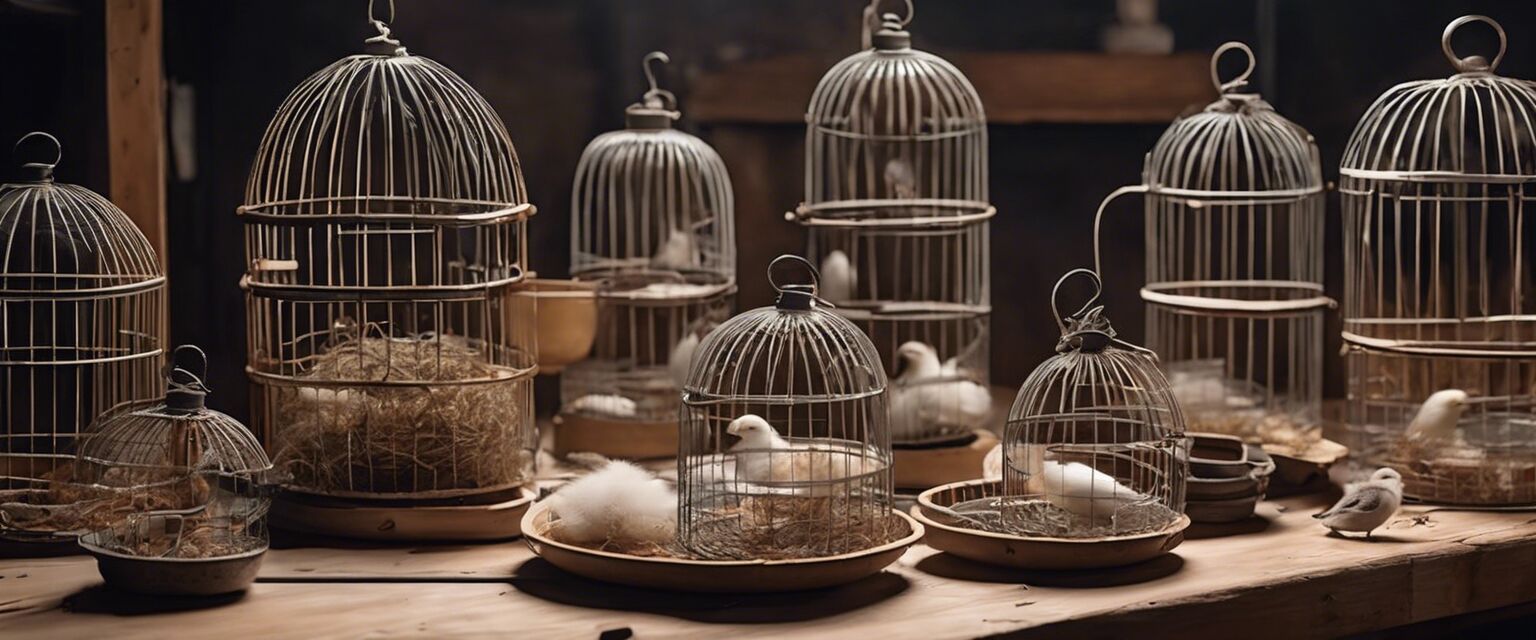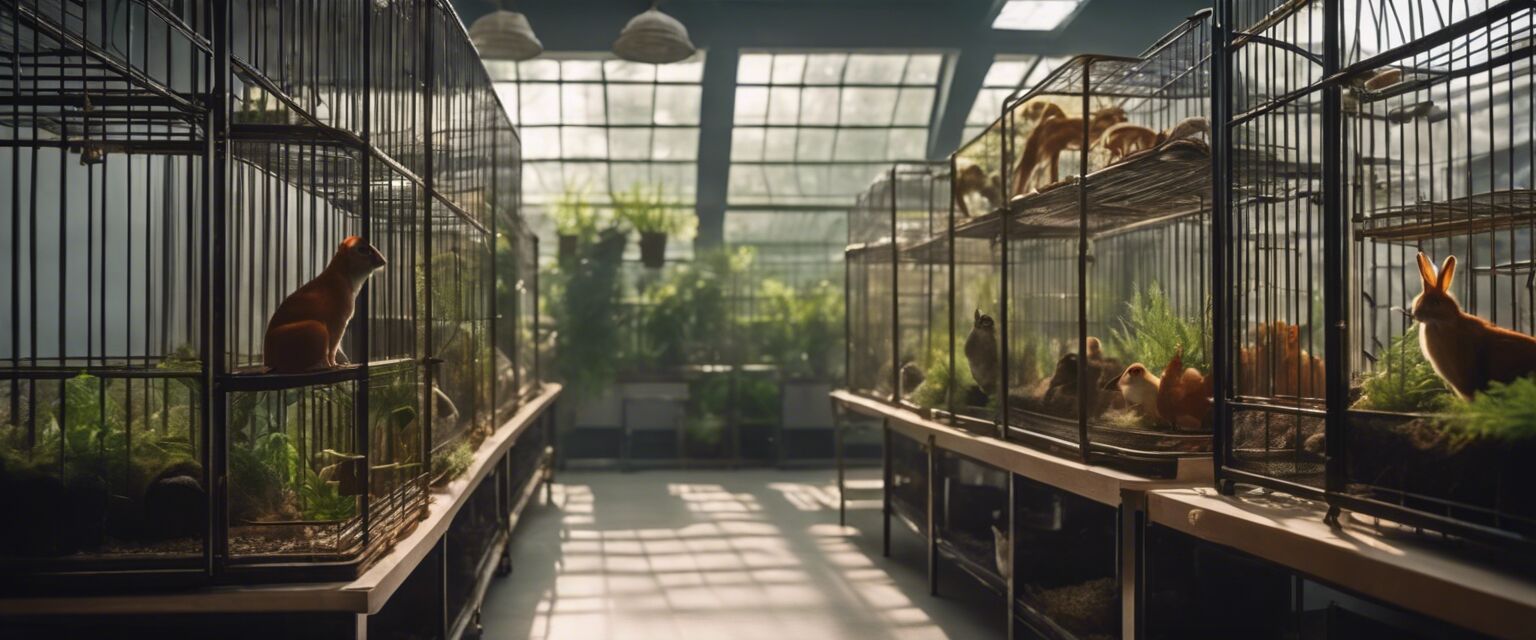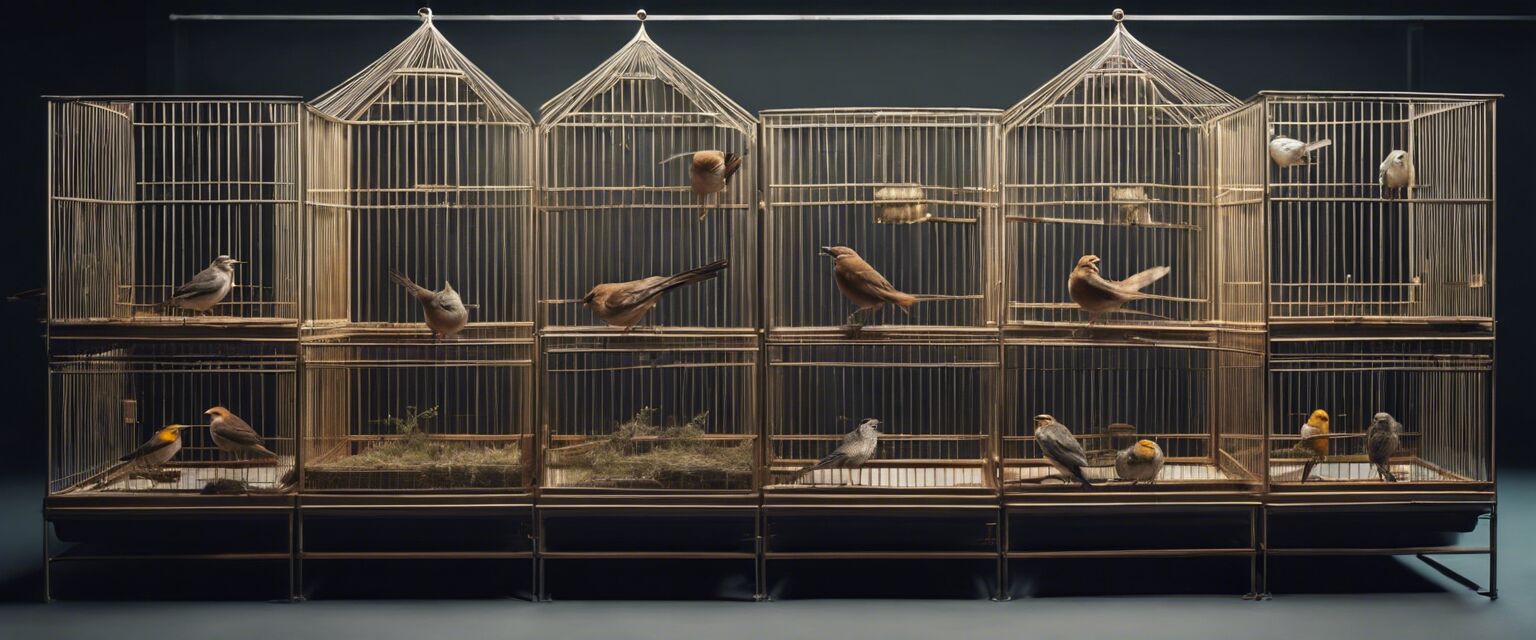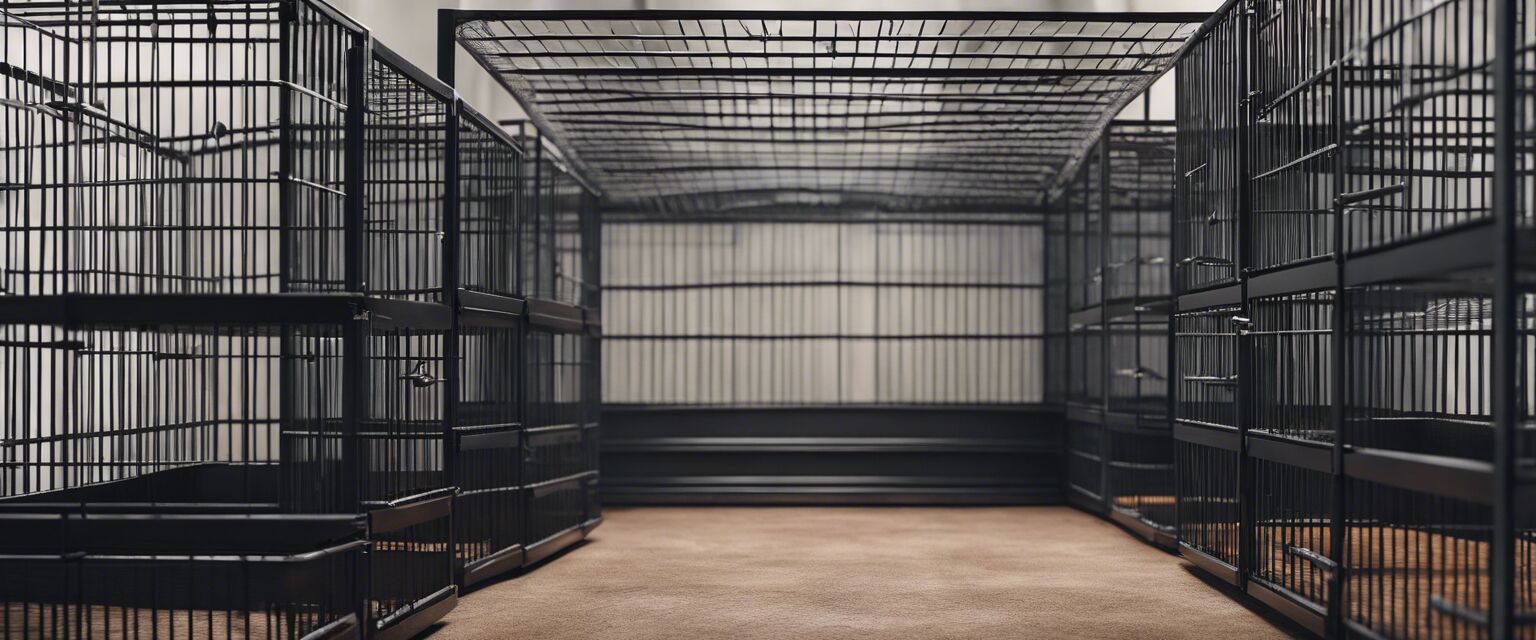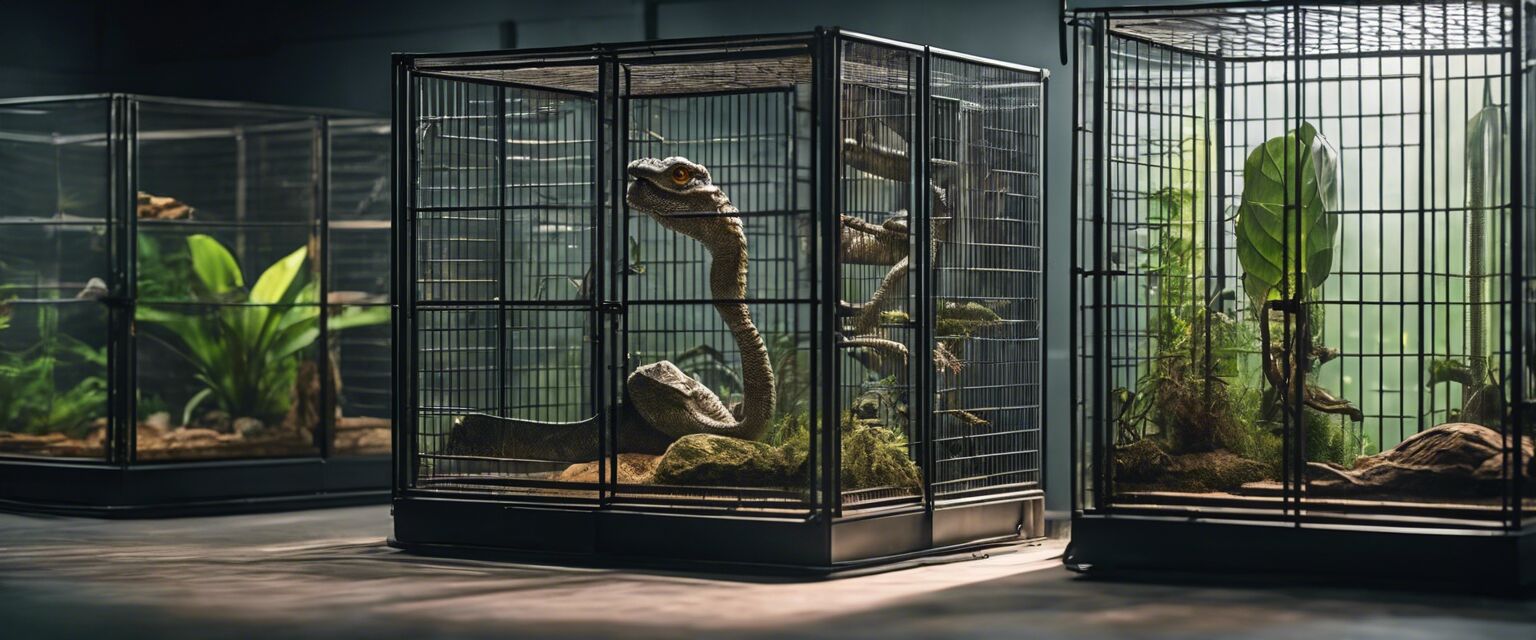
Breeding Cages for Reptiles
Key Takeaways
- Choosing the right breeding cage is crucial for the health of your reptiles.
- Proper ventilation, size, and materials matter when setting up a breeding cage.
- Regular cleaning and maintenance are essential for a healthy environment.
- Consider your specific reptile species' needs when designing the habitat.
When it comes to breeding reptiles, selecting the right breeding cage is essential. A well-designed cage not only provides a safe haven for your reptiles but also encourages breeding behavior. In this guide, we will walk you through the important considerations when choosing and setting up breeding cages for reptiles.
Types of Reptile Breeding Cages
There are several types of breeding cages that cater to different species of reptiles. Below is a table summarizing the types and their features:
| Type | Best For | Key Features |
|---|---|---|
| Glass Terrarium | Snakes, Lizards | High visibility, humidity control |
| Plastic Enclosure | Small Reptiles | Lightweight, easy to clean |
| Wooden Cages | Tortoises, Larger Lizards | Durable, insulated |
| Mesh Enclosure | Geckos, Frogs | Good ventilation, escape-proof |
Choosing the Right Size
The size of the breeding cage is another crucial factor. Below are some general guidelines to help you choose the appropriate size:
- For small reptiles (e.g., anoles, small geckos): 20-gallon tank.
- For medium reptiles (e.g., corn snakes, bearded dragons): 40-gallon tank.
- For larger reptiles (e.g., iguanas, large pythons): 100-gallon tank or larger.
Setting Up Your Breeding Cage
Creating an optimal environment is key to successful breeding. Here are the essential components to include in your setup:
Heating and Lighting
Different reptile species require specific temperature ranges. Use heat lamps or under-tank heaters to maintain the right temperature. Additionally, consider providing UVB lighting for species that require it.
Substrate
The substrate you choose can affect humidity and cleanliness. Here are some options:
- Reptile carpet for easy cleaning.
- Coconut fiber for humidity retention.
- Sand for desert species.
Decor and Hiding Spots
Reptiles need places to hide and climb. Incorporate natural elements such as:
- Branches or logs for climbing.
- Caves or rocks for hiding.
- Water dishes for drinking and soaking.
Maintaining Your Breeding Cage
Regular maintenance is vital for a healthy breeding environment. Here are some tips:
- Clean the enclosure weekly to prevent bacteria build-up.
- Change the substrate regularly.
- Monitor temperature and humidity levels daily.
Common Mistakes to Avoid
When setting up a breeding cage for reptiles, avoid these common pitfalls:
- Choosing the wrong size cage.
- Neglecting ventilation needs.
- Inadequate hiding spots.
- Ignoring specific species requirements.
Conclusion
Setting up the perfect breeding cage for your reptiles requires careful planning and consideration. By understanding the specific needs of your reptiles and following the guidelines laid out in this article, you can create a thriving environment that encourages successful breeding.
Pros
- Customizable environments for different species.
- Encourages natural behaviors.
- Improves breeding success rates.
Cons
- Can be expensive to set up.
- Requires ongoing maintenance.
- May need specific materials for certain species.
Beginner's Tips
- Start small; upgrade your setup as you gain experience.
- Research the specific needs of your reptile species.
- Join forums or communities for additional support and advice.
Further Reading
If you want to learn more, check out our other articles:
Images of Reptile Breeding Cages
